|
|
|
|
|
|
|
|
Photo Gallery for Nerodia sipedon - Common Watersnake
| 45 photos are available. Only the most recent 30 are shown.
|
 | Recorded by: J. Reynolds
Rockingham Co.
Comment: | 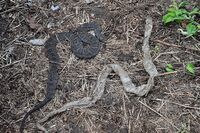 | Recorded by: J. Mickey
Wilkes Co.
Comment: |
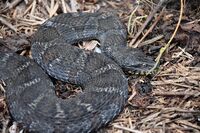 | Recorded by: J. Mickey
Wilkes Co.
Comment: | 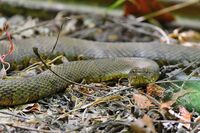 | Recorded by: J. Mickey
Surry Co.
Comment: |
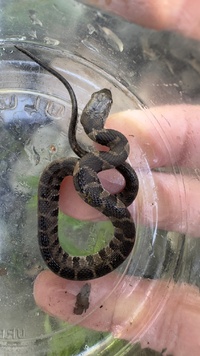 | Recorded by: Emily Stanley
Buncombe Co.
Comment: | 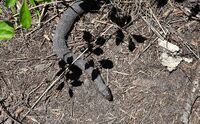 | Recorded by: J. Mickey
Wilkes Co.
Comment: |
 | Recorded by: Stephanie Willis
Guilford Co.
Comment: | 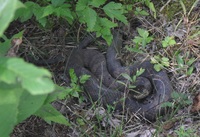 | Recorded by: K. Bischof
Transylvania Co.
Comment: |
 | Recorded by: Tyler Daack
Wake Co.
Comment: |  | Recorded by: R. Miller
Transylvania Co.
Comment: |
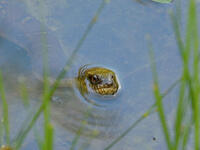 | Recorded by: R. Miller
Transylvania Co.
Comment: | 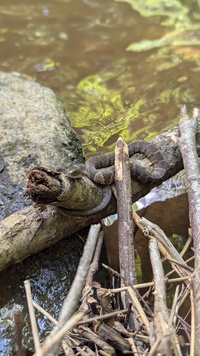 | Recorded by: J. Reynolds, N. Foley
Rockingham Co.
Comment: |
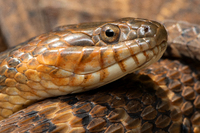 | Recorded by: Shreyes
Pittsboro Co.
Comment: | 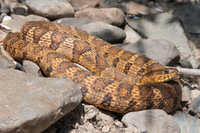 | Recorded by: Shreyes
Pittsboro Co.
Comment: |
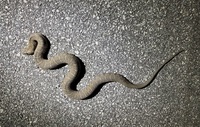 | Recorded by:
K. Bischof
Transylvania Co.
Comment: | 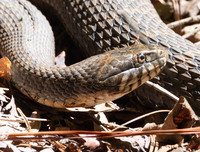 | Recorded by: Stephen Hall
Chatham Co.
Comment: |
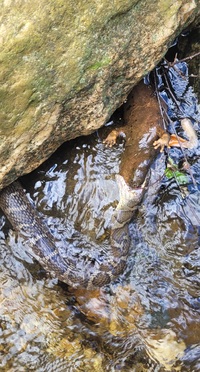 | Recorded by: Andrew W. Jones
Transylvania Co.
Comment: |  | Recorded by: Andrew W. Jones
Transylvania Co.
Comment: |
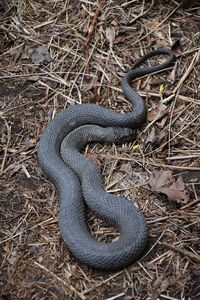 | Recorded by: J. Mickey
Wilkes Co.
Comment: |  | Recorded by: J. Mickey
Wilkes Co.
Comment: With P. alleghaniensis/quadrivittatus |
 | Recorded by: J. Mickey
Wilkes Co.
Comment: |  | Recorded by: Steve Hall, Dee Stuckey, and Savannah Hall
Durham Co.
Comment: |
 | Recorded by: Steve Hall, Dee Stuckey, and Savannah Hall
Durham Co.
Comment: |  | Recorded by: Emily Stanley
Buncombe Co.
Comment: |
 | Recorded by: J. Mickey
Wilkes Co.
Comment: |  | Recorded by: K. Hutson
Gaston Co.
Comment: |
 | Recorded by: K. Hutson
Gaston Co.
Comment: | 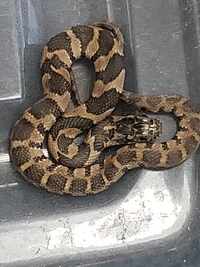 | Recorded by: Richard Teper
Orange Co.
Comment: |
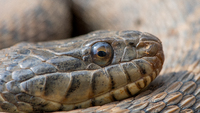 | Recorded by: Shreyes Chalasani
Chatham Co.
Comment: | 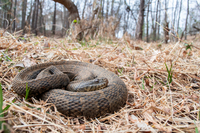 | Recorded by: Shreyes Chalasani
Chatham Co.
Comment: |
|

 »
» 



 »
» 

